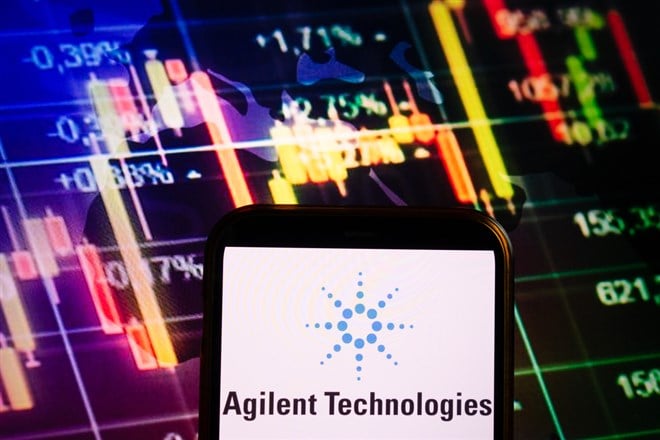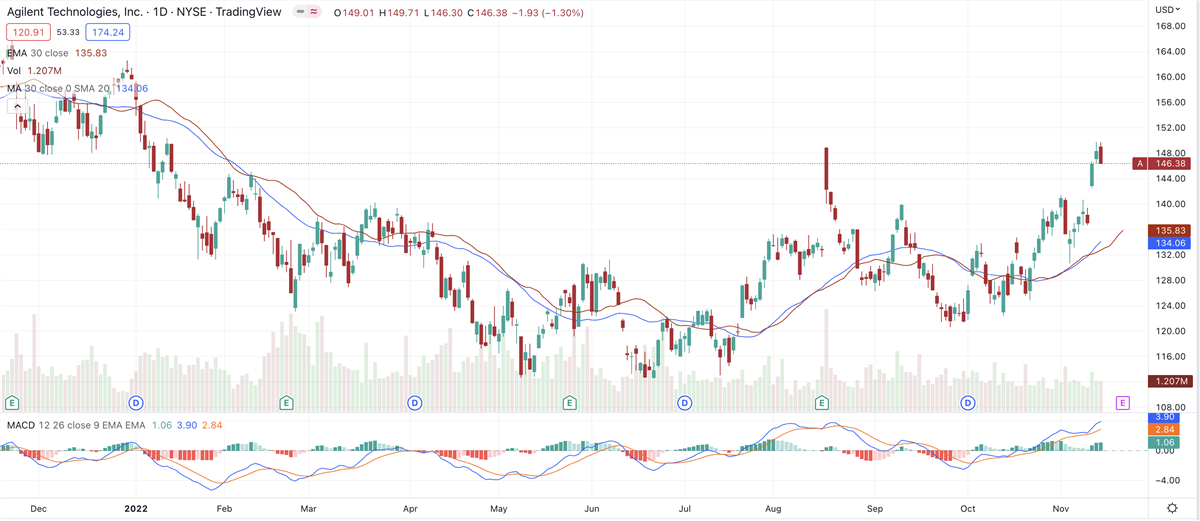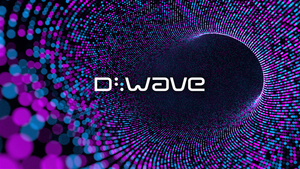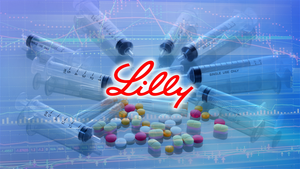 S&P 500 component Agilent Technologies (NYSE: A) reversed lower with the broader market on Monday. The stock may form a high handle to a cup pattern that began in late August, or it may find short-term moving average support as it remains in buy range.
S&P 500 component Agilent Technologies (NYSE: A) reversed lower with the broader market on Monday. The stock may form a high handle to a cup pattern that began in late August, or it may find short-term moving average support as it remains in buy range. The company makes bio-analytical and measurement solutions for the life sciences and chemical analysis industries.
It’s part of the S&P 500 healthcare sector, where it’s outperforming top-weighted component UnitedHealth Group (NYSE: UNH). UnitedHealth trended lower in the past three weeks after surpassing a cup-with-handle buy point above $553.13 on October 31.
With shares skidding 5.74% in the past week, UnitedHealth didn’t help its sector, which is up just 1.77% in the past five days. UnitedHealth constitutes a whopping 9.61% of the healthcare sector.
Agilent, meanwhile, accounts for 0.87% of sector weighting. The Santa Clara, California company has a market capitalization of $43.33 billion.
The stock’s recent returns are as follows:
- 1 month: +16.45%
- 3 months: +9.76%
- Year-to-date: -7.79%
The company reports its fourth quarter on November 21, with Wall Street eyeing earnings of $1.39 per share on revenue of $1.75 billion. Both would be increases over the year-earlier quarter.
According to MarketBeat earnings data for the stock, Agilent topped Wall Street’s earnings views in each of the past 10 quarters.
Within the sub-industry of medical research/equipment and services, Agilent’s price performance in the past 12 months lags only a few small- and mid-caps.
Meanwhile, industry peer Thermo Fisher Scientific (NYSE: TMO), which, with a market cap of $209.52 billion, is also an S&P 500 component, posted returns inferior to Agilent’s. Its recent performance is as follows:
- 1 month: +17.56%
- 3 months: -9.04%
- Year-to-date: -19.13%
These stocks’ sub-industry currently falls into the lower third, when it comes to broad market performance. While it’s generally best to focus on industries that are leading the pack, it’s occasionally possible to find opportunities among strong stocks from industries that are languishing somewhat.
That’s where Agilent comes in as a potential watchlist candidate.
The company was spun-out from Hewlett Packard (NYSE: HPE) in 1999. Its current focus is tools to analyze chemicals, cells and molecules for various industrial end users. Customers hail from the healthcare, energy, food, and chemical industries, among others. Healthcare is the largest market, but the company generates significant revenue from other industries.
In the past eight quarters, Agilent grew revenue between 26% and 5%. While that’s not bad for an established company, one drawback is a slowdown to single-digit growth in the past three quarters.
Earnings increased at rates ranging from 14% to 41%.
For the full year, analysts expect Agilent to earn $5.07 per share, an increase of 17% over 2021. Next year that’s seen rising another 8% to $5.47 per share.
Despite being a large cap, Agilent is slightly more volatile than the broader market, with a beta of 1.09. The chart reveals several gaps, either up or down, in the past several months. That could make the stock difficult to hold on the downside days.
Analysts have a “moderate buy” rating on the stock, with a price target of $151.31, representing just a 3.37% upside. Even so, that price would overcome resistance between $149 and $150, which the stock hit three times since August 17.
Even with Monday’s downside price action, which essentially tracked that of the broader market, Agilent remains in the buy range, as it closed below its prior buy point of $149.10. It’s holding above short-term moving averages. As long as that support remains, and the stock trades within 5% of that prior high, Agilent could be a watchlist candidate.





